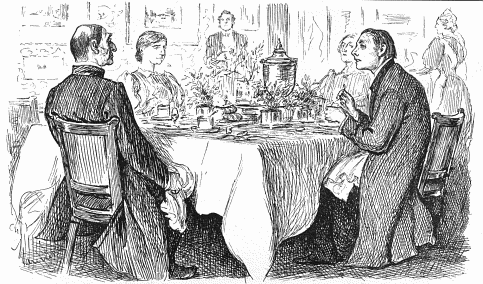(Update: see our new speed test here.)
When I check into a hotel or log in at a public wifi location, I sometimes do a “speed test”. The goal of course is partly just to make sure that I have successfully logged in or have successfully entered an access code. And to test to see how fast the Internet connection is.
I am tickled to be able to report that we at OPLF have set up a speed test which everyone can use. The speed test, unfortunately, requires that your system has “Flash”. Most smart phones and tablets do not have Flash. So the speed test is generally available only for laptop and desktop computers.
Who would like to receive a free super spiffy OPLF digital multimeter? Maybe you already have an OPLF digital multimeter? This one is new and more spiffy. In addition to the features of our original digital multimeter, this device measures current and has an audible continuity indicator. (It can be set to beep when there is continuity.) This new device does auto-ranging; with our original multimeter you had to select the range.
So if you’d like to receive one of our super spiffy new OPLF digital multimeters, just be one of the first three people to post a comment in which you report the results of at least two speed tests — a speed test result using your favorite speed test that you have used in the past (a speed test hosted by someone other than OPLF) and a speed test result using our new speed test. It would be interesting to see how the results compare.






